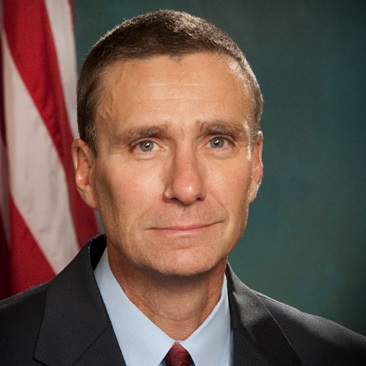full-time faculty teaching and conducting research in political science
of Maxwell faculty conduct research focused outside of the U.S.
graduate students in residence; fewer than 12 admitted each year
Undergraduate Studies
Graduate Studies

I am Maxwell.
Civic engagement is a core value for me. I have always aspired to help the communities I’m from.” Mazaher Kaila, a Maxwell alumna and third-year student at Syracuse University's College of Law, moved with her family from Sudan to Central New York when she was four years old. “I realized that to make meaningful change in society, I needed to understand the systems that power it—government and politics—and that’s insight I would gain by studying political science.”
Mazaher Kaila ’19, L’22
political science, law
To Appeal and Amend: Changes to Recently Updated Flood Insurance Rate Maps
Devin Lea, Sarah Pralle
Risk, Hazards & Crisis in Public Policy, May 2021
Abstract
Flood Insurance Rate Maps (FIRMs) are produced for the National Flood Insurance Program to depict and manage flood hazard in the United States. While past research has portrayed FIRMs as static maps, property residents and community representatives can propose changes to flood zones on FIRMs. These changes add and remove buildings from flood zones on FIRMs, which raises an important question: are there discernable trends or patterns in these alterations to FIRMs?
We use Geographic Information Systems FIRM layers and building footprints to quantify the number of buildings moved in and out of the Special Flood Hazard Area (SFHA) for recently updated FIRMs. Our analysis of building additions and removals from SFHAs at county and census tract scales shows there has been a net change of over 20,000 buildings removed from these SFHAs between preliminary and present FIRM iterations. We also find that SFHAs are more frequently altered in places where median home values are higher, buildings are newer, and percentage of white populations are higher.
These findings suggest changes to flood zones on FIRMs occur more often where people have greater socioeconomic means, raising questions of equity for future FIRM appeals and revisions.
Related News
Commentary

Jan 4, 2024
Research

Nov 20, 2023
Commentary

Nov 7, 2023
Commentary

Oct 5, 2023
BaoBao Zhang Joins First Cohort of AI2050 Early Career Fellows
One of only 15 scholars chosen from across the U.S., Zhang will receive up to $200,000 in research funding over the next two years. Zhang will use the funding to partner with the nonprofit, non-partisan Center for New Democratic Processes to test whether public participation in AI governance is increased through the creation of public assemblies, known as “deliberative democracy workshops.”
Baobao Zhang
Assistant Professor, Political Science Department

To Appeal and Amend: Changes to Recently Updated Flood Insurance Rate Maps
Devin Lea, Sarah Pralle
Risk, Hazards & Crisis in Public Policy, May 2021
Abstract
Flood Insurance Rate Maps (FIRMs) are produced for the National Flood Insurance Program to depict and manage flood hazard in the United States. While past research has portrayed FIRMs as static maps, property residents and community representatives can propose changes to flood zones on FIRMs. These changes add and remove buildings from flood zones on FIRMs, which raises an important question: are there discernable trends or patterns in these alterations to FIRMs?
We use Geographic Information Systems FIRM layers and building footprints to quantify the number of buildings moved in and out of the Special Flood Hazard Area (SFHA) for recently updated FIRMs. Our analysis of building additions and removals from SFHAs at county and census tract scales shows there has been a net change of over 20,000 buildings removed from these SFHAs between preliminary and present FIRM iterations. We also find that SFHAs are more frequently altered in places where median home values are higher, buildings are newer, and percentage of white populations are higher.
These findings suggest changes to flood zones on FIRMs occur more often where people have greater socioeconomic means, raising questions of equity for future FIRM appeals and revisions.
Related News
Commentary

Jan 4, 2024
Research

Nov 20, 2023
Commentary

Nov 7, 2023
Commentary

Oct 5, 2023